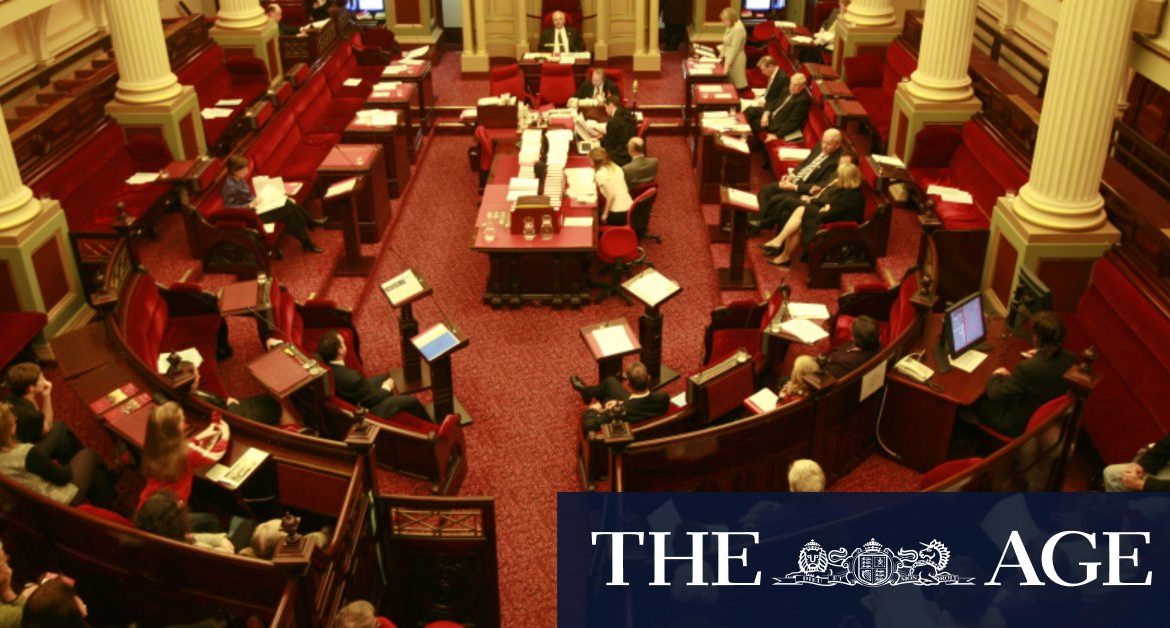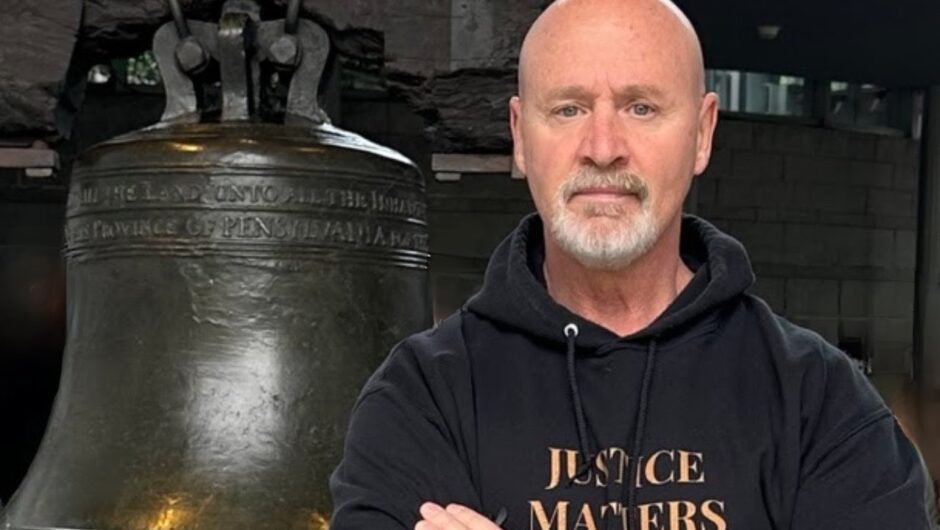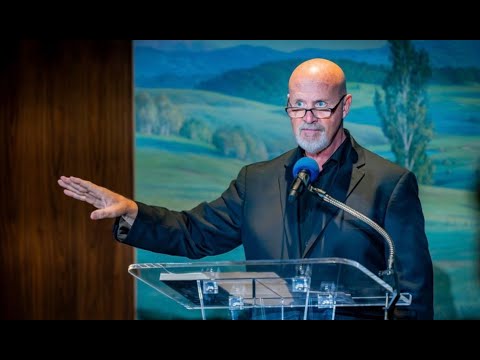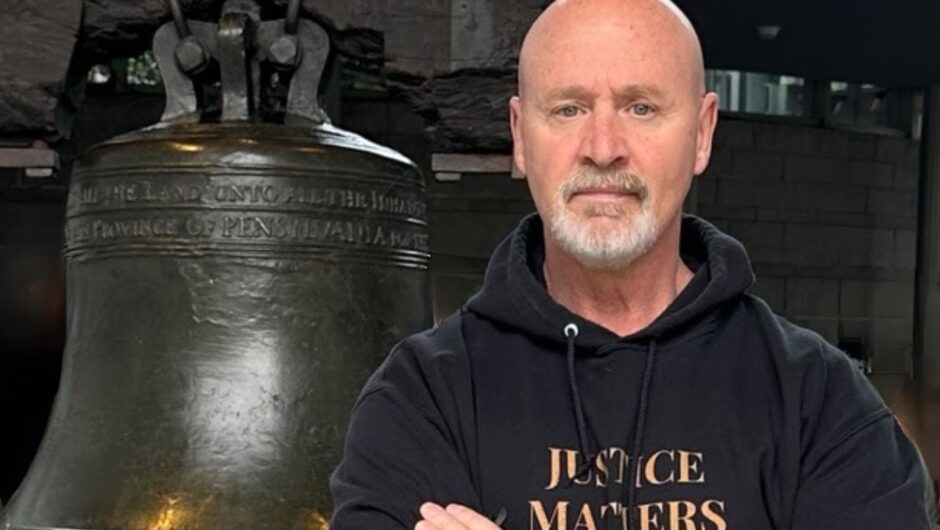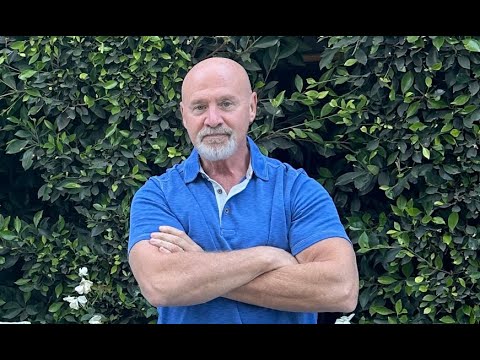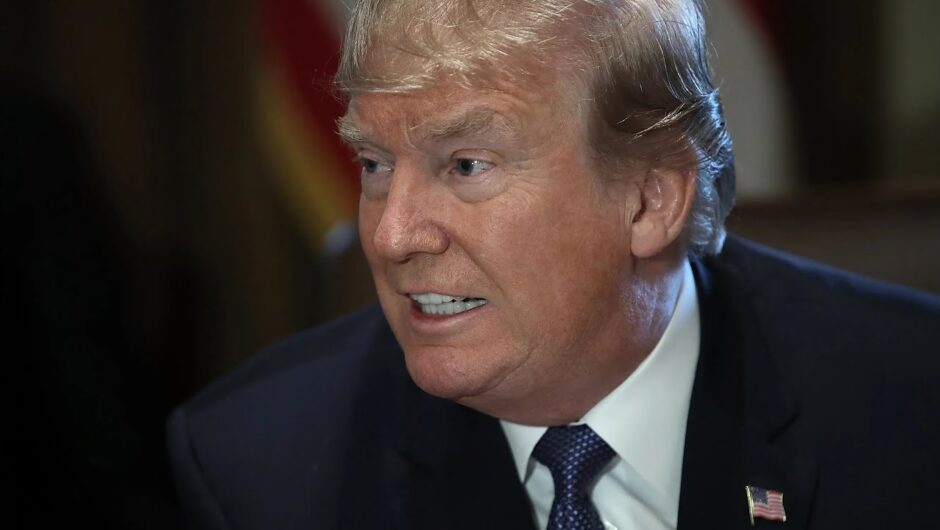Last week Kym Peake quit the department after five years in charge including a role in the handling of Victoria’s hotel quarantine program. An outbreak from hotel quarantine involving security guards employed to monitor returning overseas travellers seeded the state’s second wave of cases, which sent Melbourne into lockdown for months.
“When we make a mistake we have an open disclosure with patients, but that’s not modelled by the department,” Professor Rait said.
Australian Medical Association Victoria president Julian Rait.Credit:Justin McManus
“They have been very defensive and kept their imperfections to themselves. DHHS has to be less defensive and learn to benchmark its performance against other states. The community has a right to know as much as possible about its contact tracing system, including its resourcing, staffing, benchmarks and its performance.”
The government has faced repeated criticism over a failure to properly communicate its health message with non-English speaking communities during the pandemic, and for sidelining GPs in the contact tracing process.
Professor Rait said GPs often had the trust of culturally and linguistically diverse communities, many of whom had fled their homelands and had did not trust government officials, “but will trust their local GP.”
He said there should be a ministerial taskforce of doctors reporting to Victorian Health Minister Martin Foley.
“The state government must improve its collaboration with general practice,” he said.
Professor Rait also said My Health Records and Medicare data should be accessed for every positive coronavirus case to ensure that follow-up care was being provided, particularly in high-risk communities.
“We have to understand in a pandemic there is a public health interest in ignoring the usual privacy controls,” he said.
QR codes would help
Earlier, the inquiry heard contact tracing in Victoria would be more efficient when the state’s centralised QR code is developed, according to the US tech firm that provides the Health Department with contact tracing software.
Representatives from Salesforce were the first to give evidence to the parliamentary inquiry on Monday morning.
Michael Bonaddio, the company’s principal architect in Australia, said the QR code app would allow contact tracers to more quickly establish where a person of interest had been, instead of relying on information communicated during a telephone call.
The Andrews government is developing a QR code tool that will allow people to check into venues including restaurants and bars. The centralised system will provide information directly to the Health Department where it will be used to ascertain the movement of COVID-positive people or their close contacts.
“One of the key things that will help accelerate the process is the integration of QR code solutions that can help understand where a person has been and where they’ve checked in automatically,” Mr Bonaddio said.
Loading
“All of a sudden you go from a process where you’re asking that information over the phone… [To an automated system that] can save time during the data entry process.”
Salesforce confirmed a report in The Age in September that the company offered contact tracing services to the Andrews government in March.
Premier Daniel Andrews has previously said his government did not entertain the March offer because its contact tracing capacity was “swamped” and it was not the right time to switch IT systems.
Pip Marlow, Salesforce’s Australian chief executive, said Victoria requested a presentation from Salesforce in mid-July when more than 100 cases were being recorded each day after COVID-19 leaked from two quarantine hotels. The contract between the two parties was signed in late August.
Ms Marlow said Salesforce did not encounter any problems setting up the digitised system with the Victorian Health Department, which was until that point using a paper-based system.
“We didn’t declare any frustration with the department,” she said, adding that the challenges faced by Victorian health authorities mirrored those in other jurisdictions – including in the US, South Australia and Western Australia – serviced by Salesforce.
“I couldn’t comment on the state of what the department was doing for contact tracing [before Salesforce was engaged] … That’s not something we were engaged in so I couldn’t comment about that. They were going through a multifaceted challenge like all of us,” she said.
The first phase of syncing the Salesforce system with Victoria’s IT system had been completed and two more phases were under way, she said.
The upper house inquiry will continue today when Office of the Information Commissioner commissioner Sven Bluemmel and privacy and data collection deputy commissioner Rachel Dixon give evidence.
Loading
Around lunchtime the committee will hear from Barwon Health department of infectious diseases director Eugene Athan and deputy director Daniel O’Brien and then Deakin University faculty of health Professor Catherine Bennett. You can find the full schedule here.
The inquiry was established in late October after the opposition and minor parties voted together in the Upper House.
Victoria’s contact tracing system came under fire during and after the state’s second wave, particularly from the federal government.
Over the pandemic the state moved away from its centralised contact tracing system to establish suburban and regional hubs, replacing its pen-and-paper systems with computers and contacting close contacts of confirmed coronavirus cases within 36 hours of initial testing.
Melissa Cunningham is The Age’s health reporter.
Paul is a reporter for The Age.
Most Viewed in National
Loading

